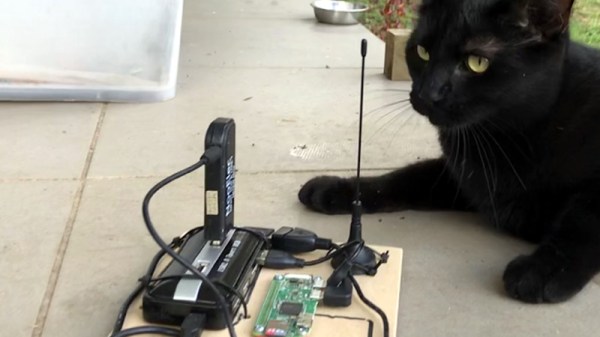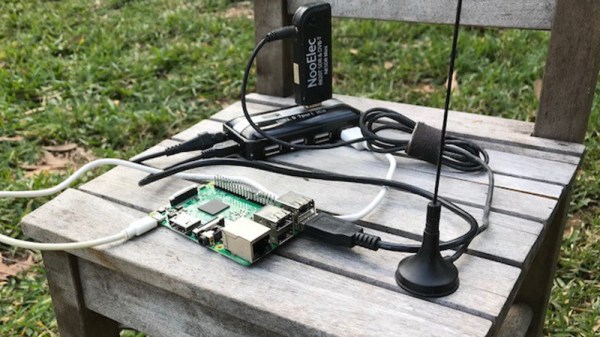Sharing your life with a cat is a wonderful and fulfilling experience. Sharing your life with an awake, alert, and bored cat in the early hours when you are trying to sleep, is not. [Simon Aubury] has just this problem, as his cat [Snowy] is woken each morning by a jet passing over. In an attempt to identify the offending aircraft, he’s taken a Raspberry Pi and a software-defined radio, and attempted to isolate it by spotting its ADS-B beacon.
The SDR was the ubiquitous RTL chipset model, and it provided a continuous stream of aircraft data. To process this data he used an Apache Kafka stream processing server into which he also retrieved aircraft identifying data from an online service. Kafka’s SQL interface for interrogating multiple streams allowed him to untangle the mess of ADS-B returns and generate a meaningful feed of aircraft. This in turn was piped into an elasticsearch search engine database, upon which he built a Kibana visualisation.
The result was that any aircraft could be identified at a glance, and potential noise hotspots forecast. Whether all this heavy lifting was worth the end result is for you to decide, however it does provide an interesting introduction to the technologies and software involved. It is however possible to monitor ADS-B traffic considerably more simply.
Thanks [Oleg Anashkin] for the tip.












